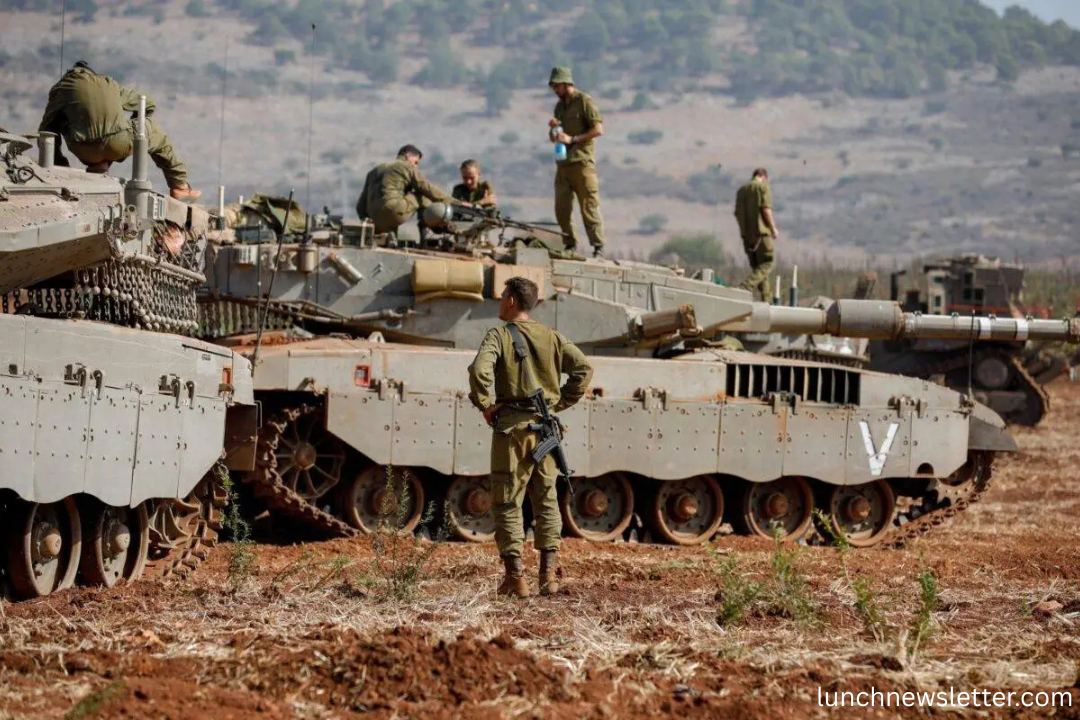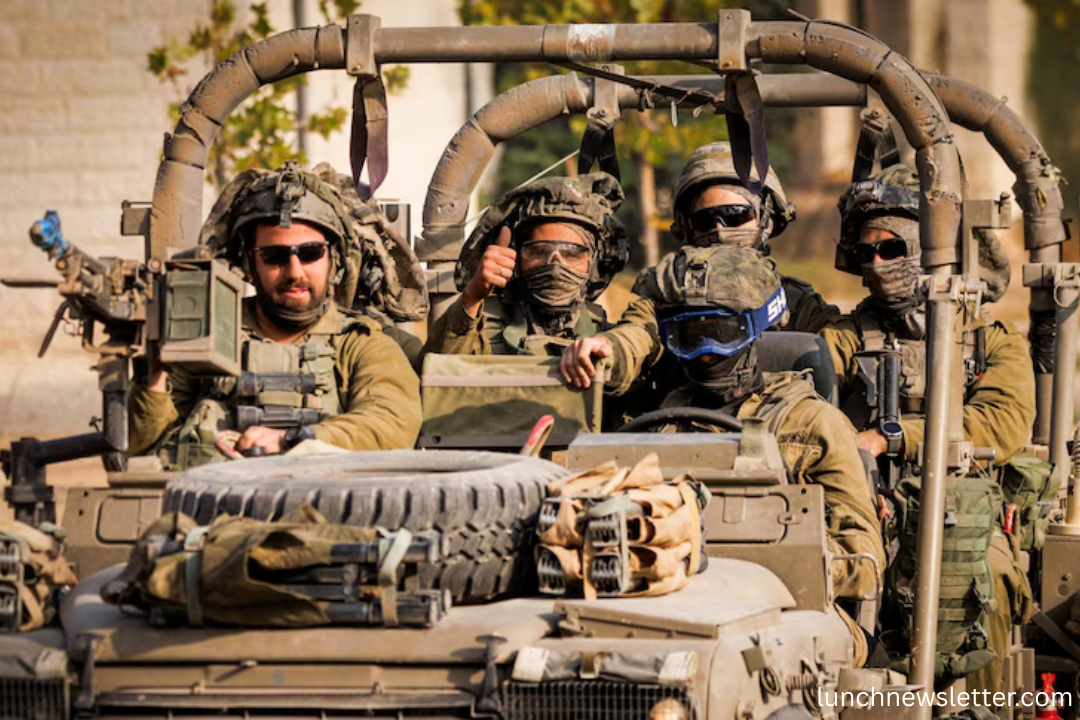Israel is intensifying its military operations in the Gaza Strip, marking a significant escalation in the ongoing conflict with Hamas. The Israeli security cabinet has approved plans to expand ground operations, mobilize tens of thousands of reserve soldiers, and increase pressure on Hamas to release hostages and dismantle its infrastructure. This decision follows the collapse of an eight-week ceasefire in March 2025 and comes amid growing international concern over the humanitarian crisis in Gaza.
Strategic Objectives Behind Israel’s Escalation
The primary goals of Israel’s intensified military campaign are to dismantle Hamas’s operational capabilities and secure the release of Israeli hostages. Lieutenant General Eyal Zamir, the Israeli army chief, emphasized the necessity of increasing pressure on Hamas to achieve these objectives. Prime Minister Benjamin Netanyahu has reiterated that the military actions are aimed at ensuring national security and bringing back the hostages held by Hamas.
Mobilization of Reserve Forces
In preparation for the expanded operations, Israel is issuing call-up orders to tens of thousands of reservists. This mobilization is intended to bolster the Israeli Defense Forces (IDF) and sustain prolonged military activities in Gaza. The deployment of additional troops is expected to facilitate more extensive ground operations, aiming to weaken Hamas’s strongholds and infrastructure within the Gaza Strip.
Establishment of Security Corridors
Israel has established several security corridors within Gaza to control movement and isolate Hamas strongholds. The Morag Corridor, announced in April 2025, separates Rafah from Khan Yunis, effectively dividing the southern part of the Gaza Strip. This corridor complements the existing Netzarim and Philadelphi corridors, further restricting Hamas’s operational capabilities and limiting the movement of civilians.
Humanitarian Concerns Amid Escalation
The intensification of military actions has exacerbated the humanitarian crisis in Gaza. Since the resumption of hostilities in March, over 2,600 Palestinians have been killed, adding to a death toll that exceeds 52,000, according to Palestinian health officials. The blockade on aid has led to widespread hunger and displacement, with more than 90% of Gaza’s population having been displaced multiple times. The enclave is facing severe shortages of essential supplies, making it virtually uninhabitable.
International Reactions and Diplomatic Efforts

The international community has expressed concern over the escalating conflict and its humanitarian implications. Efforts to broker a ceasefire have been ongoing, but negotiations remain deadlocked. Israel demands the defeat of Hamas, while Hamas calls for an end to the war. The United Nations and various humanitarian organizations have urged both parties to prioritize the protection of civilians and to facilitate the delivery of aid to the affected populations in Gaza.
Frequently Asked Questions (FAQs)
What is prompting Israel to intensify military action in Gaza?
Israel aims to dismantle Hamas’s operational infrastructure and secure the release of Israeli hostages. The military believes increased pressure will accelerate those goals.
How many reserve soldiers has Israel mobilized?
Israel has called up tens of thousands of reservists to support expanded operations in Gaza, enabling deeper incursions and sustained combat operations.
What are the strategic military corridors in Gaza?
Israel has established corridors like Morag, Netzarim, and Philadelphi to divide Gaza, restrict Hamas movements, and isolate specific operational zones.
How many casualties have occurred since the escalation?
Over 2,600 Palestinians have been killed since March 2025, with total deaths now surpassing 52,000, according to Palestinian health authorities.
What is the humanitarian situation in Gaza?
Gaza faces severe shortages of food, water, and medical supplies. Over 90% of the population has been displaced, and conditions are described as unlivable.
What has been the international response?
International organizations and governments have urged both sides to agree on a ceasefire and called for increased humanitarian access to the Gaza Strip.
Are ceasefire negotiations ongoing?
Yes, but they remain stalled. Israel insists on dismantling Hamas, while Hamas demands a complete cessation of hostilities and Israeli withdrawal.
What role does the UN play in this conflict?
The United Nations facilitates humanitarian aid and promotes diplomatic solutions, though it has limited leverage over direct military actions.
Conclusion
Israel’s decision to escalate military operations in Gaza represents a critical juncture in the conflict with Hamas. While the strategic objectives focus on national security and the release of hostages, the humanitarian toll continues to rise. The international community’s role in mediating a resolution remains pivotal in addressing both the security concerns and the humanitarian crisis unfolding in the region.
